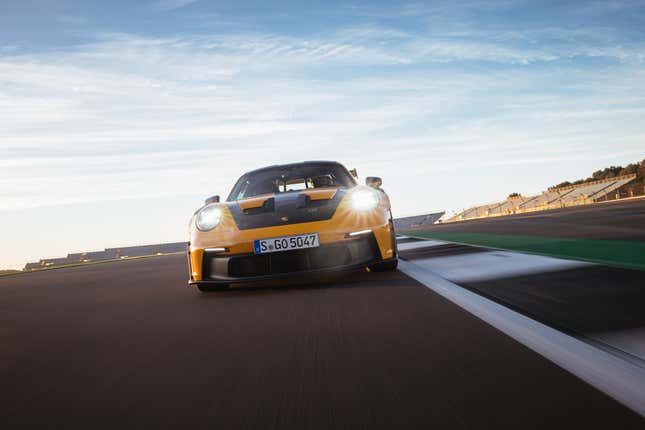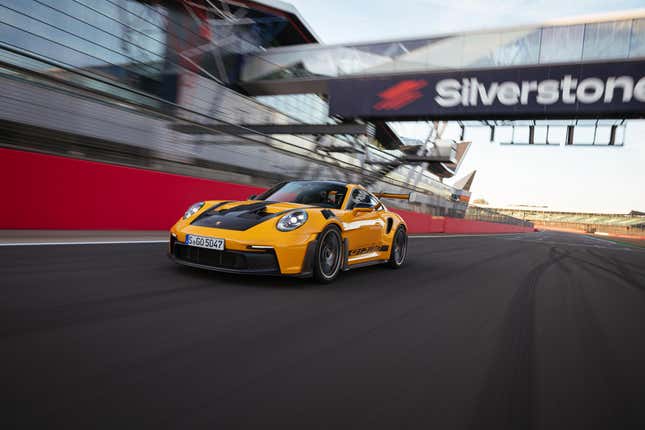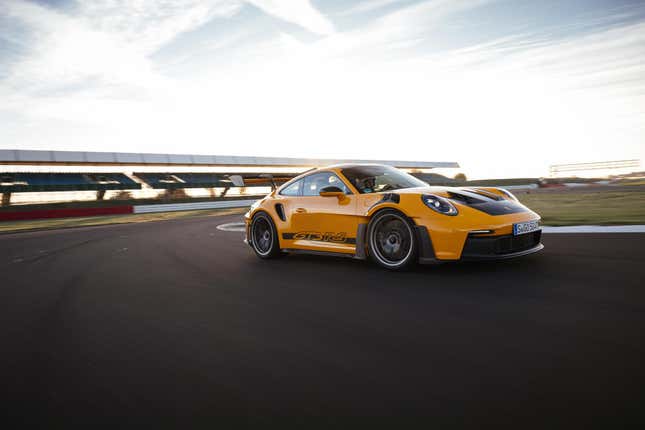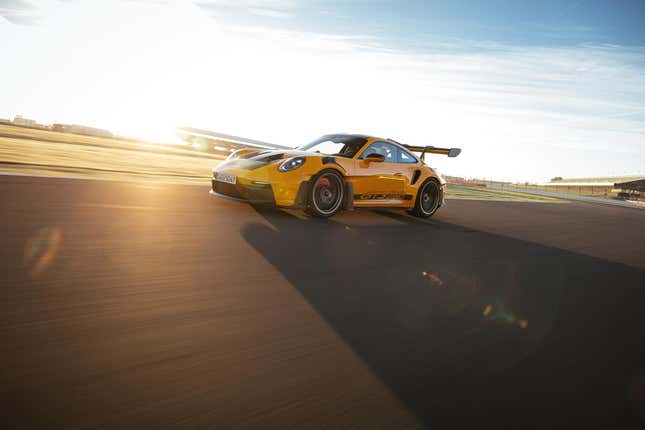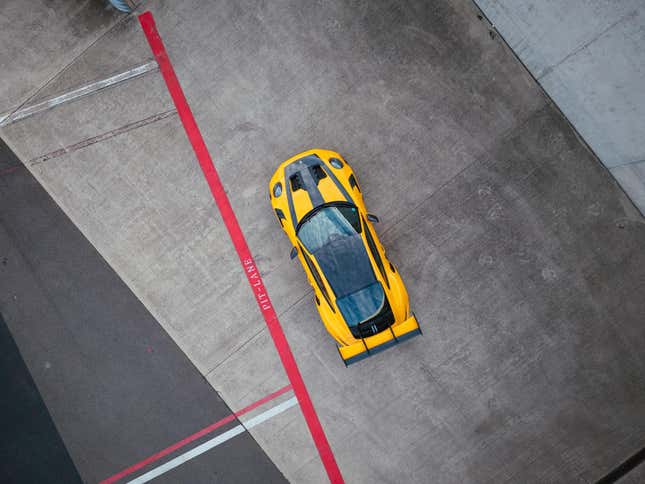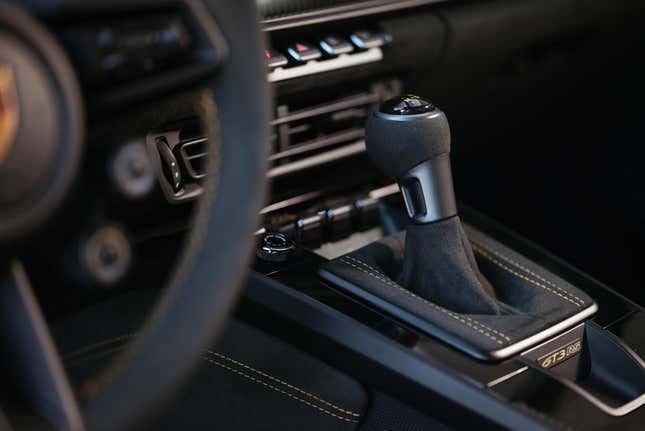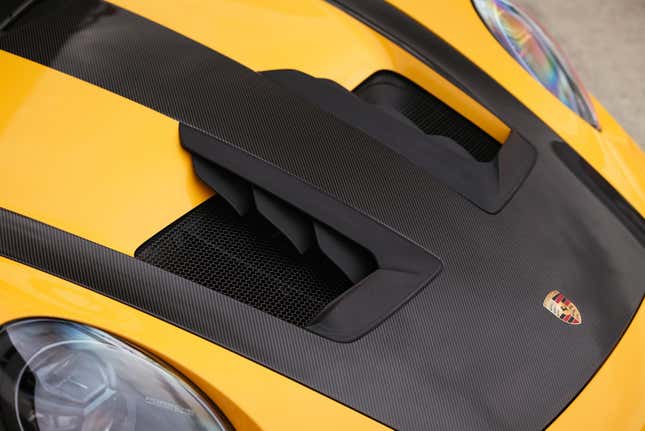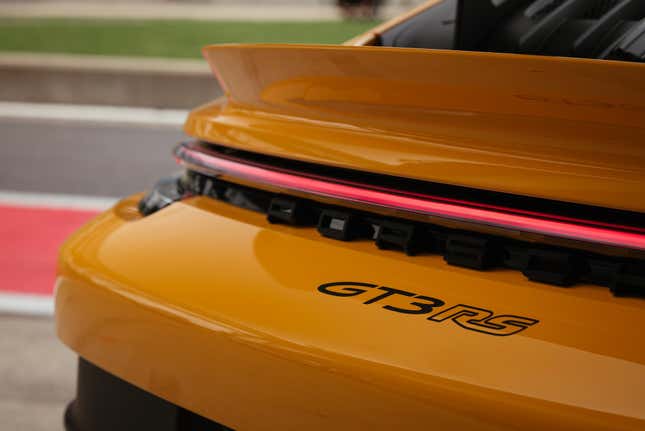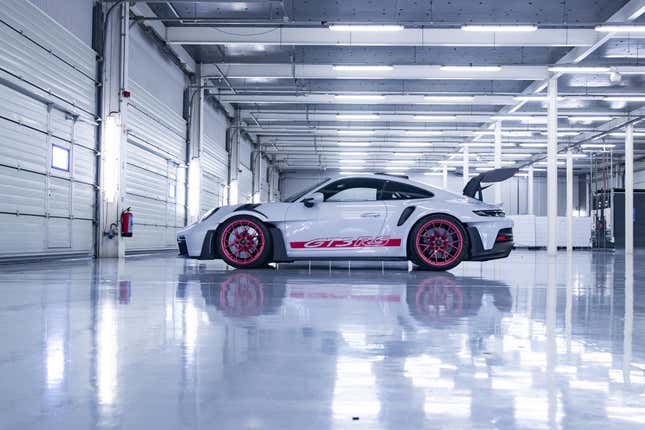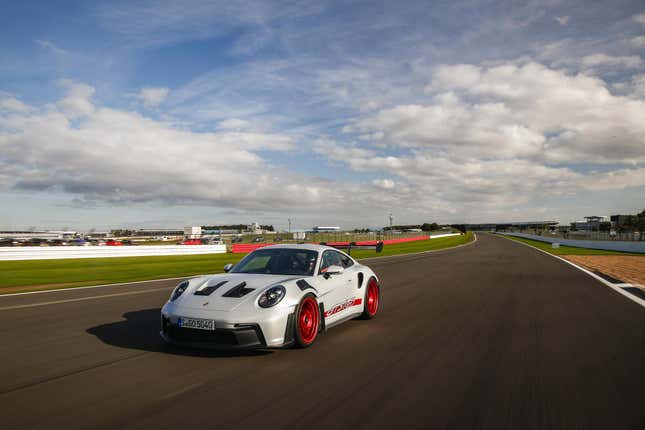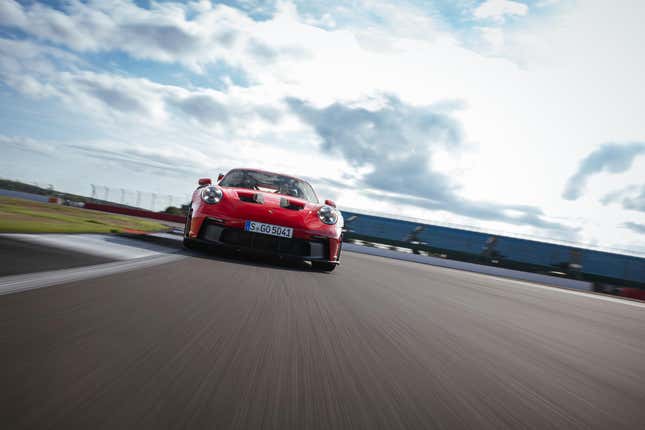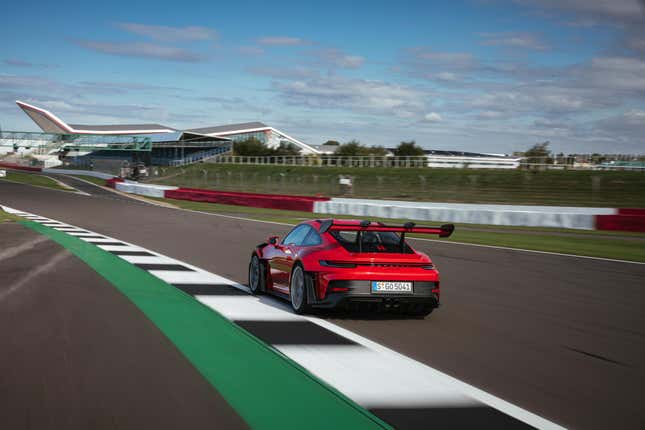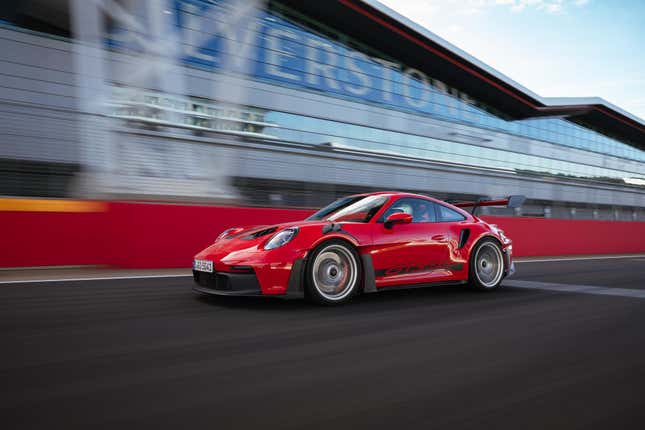
When it comes to technical wizardry, the Porsche GT3 RS is in a class by itself. This carbon-fiber cloaked machine is an aerodynamic powerhouse, and if there’s a moving part anywhere on the exterior, chances are you can adjust it for maximum downforce. It’s practically one tire change away from being a full-on race car. Let’s dive into everything that makes the 992-generation GT3 RS a monster of downforce and tunability.




